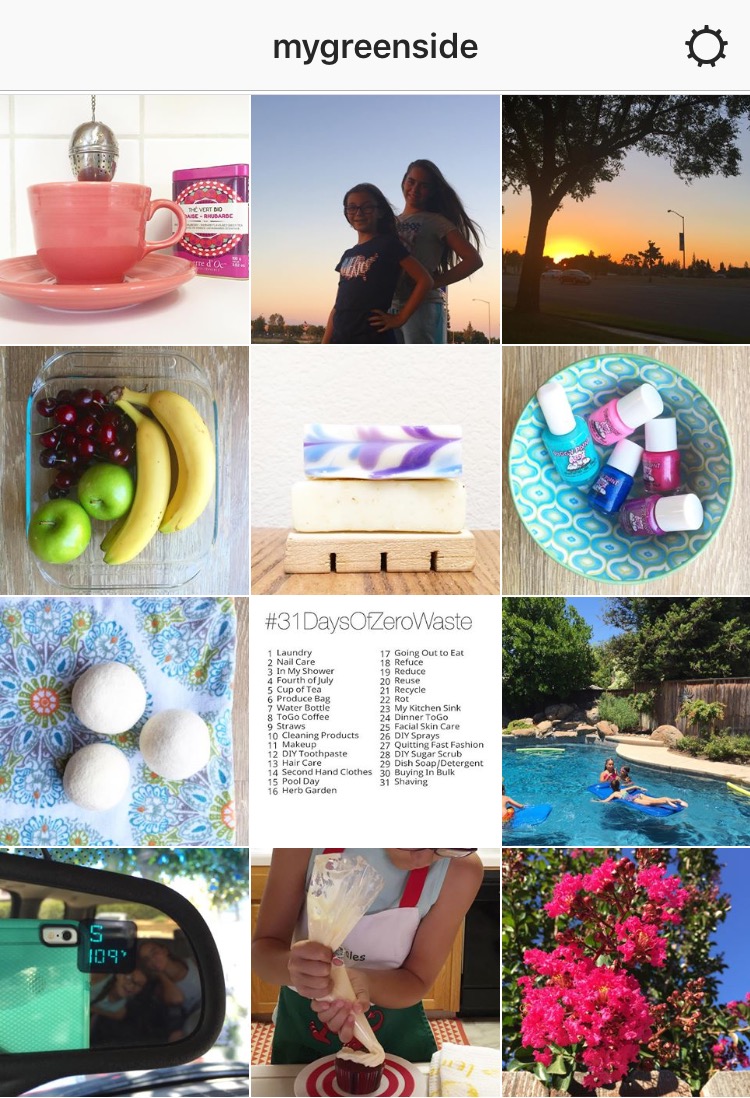
We all know that single-use products are not the best way to use our natural resources. They fill up our landfills, contribute to greenhouse gas emissions and use up energy to extract and process the raw materials. In honor of Plastic Free July, I have accepted the challenge to attempt to refuse single-use plastic during the month of July. In an effort to make the impact even greater, I will continue to avoid single-use plastics beyond July. I am already an advocate for reducing plastic in my everyday life but sometimes it gets a little tricky when you have children or when you’re planning events where you aren’t the only decision maker.
Plastic Free July is a campaign that aims to raise awareness about the problems of single-use disposable plastics and challenges people to do something about their individual consumption. You can sign up for a day, a week or the whole month and try to refuse all single-use plastic or try the Top 4: plastic bags, water bottles, to-go coffee cups and straws.
According to Plastic Free July, “by 2050 it’s estimated there will be more plastic than fish in the world’s oceans.”

Here are some helpful tips on how to avoid plastic:
- Plastic Bags. This is an easy one, right? Just bring your own bags when you go shopping and not just to the grocery store, bring your own bag when shopping for clothing, shoes and so on. I have reusable bags in the back of my car and a foldup reusable bag in my purse. I also write “bring bags” on the top of all of my shopping lists to remind me to bring my bags. When I do forget to bring a reusable bag, if it’s a small purchase, I just carry it.
- Water Bottles. Get everyone in your family a reusable water bottle. If your tap water is questionable, invest in a good filter. There are so many varieties available depending on your budget and filtering concerns. Visit Consumer Reports to find out about some of your filter options: http://www.consumerreports.org/cro/water-filters.htm.
- To-Go Plastics. Avoiding to-go plastics can be easy if you bring your own containers and some coffee shops will even give you a discount if you bring your own reusable cups. When you go out to eat, tell your server that you do not want a plastic straw. At home, use paper, stainless steel or glass straws.
- Buy in Bulk. Find your local options for purchasing items in bulk. Many grocery stores now have bulk sections. Visit your local farmers market for packaging free produce and remember to bring your own bags.
- Recycle. If you do need to buy a water bottle because you forgot yours at home and it’s 109 degrees outside (true story), just remember when you’re done to get the bottle to a recycle bin. This is something to think about with any disposable plastic item, be sure they can be recycled before you purchase them.
A site I have been reading for a number of years and has been a source of great inspiration is My Plastic Free Life. The founder of the site, Beth Terry, has been living a plastic free life for a number of years and has fantastic real life tips on how that can be achieved. To read more about Beth Terry and her journey to a plastic free life, visit http://myplasticfreelife.com/.
Another great site I can’t do without is Zero Waste Chef. Anne-Marie Bonneau makes cooking with zero waste look doable. Her rules are simple: no packaging, nothing processed and no trash. To find her and some great tips, visit https://zerowastechef.com/.
To purchase safe, high quality, ethically-sourced alternatives to plastic products for everyday life, visit http://www.lifewithoutplastic.com/store/.
To sign up for the July Plastic Free challenge, visit http://www.plasticfreejuly.org/. And if you would like to follow my progress, check out my Instagram feed at https://www.instagram.com/mygreenside/.

Always remember, it’s ok not to be perfect (thank goodness!) just begin to be thoughtful about the plastic you buy and where they will end up when you are done using them.